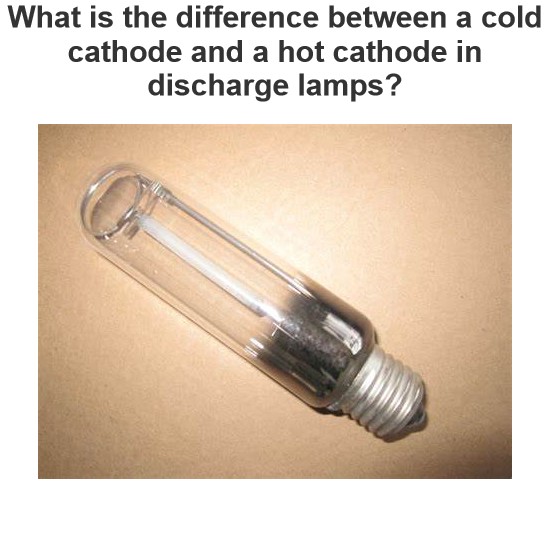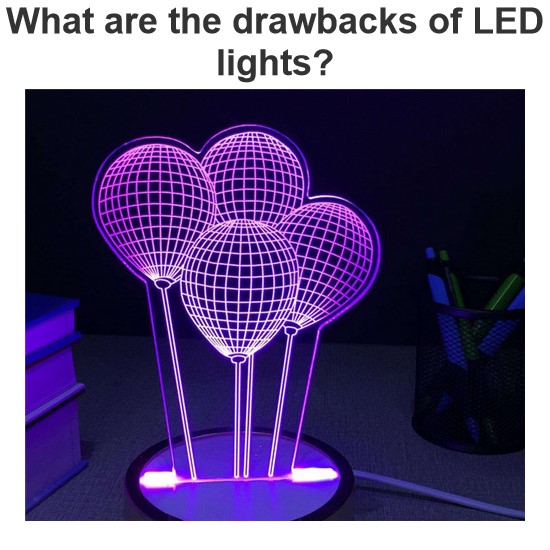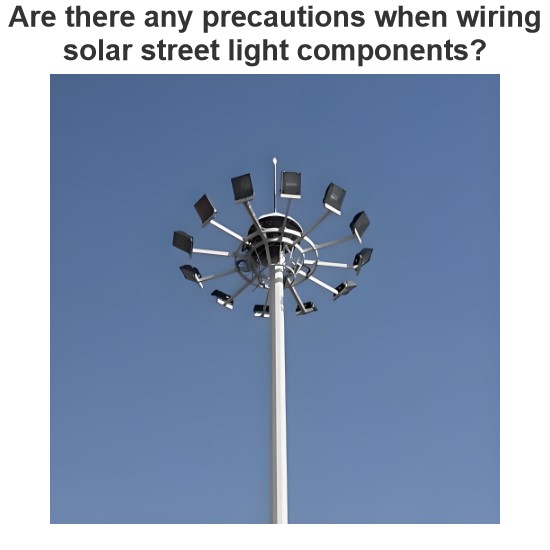Stroboscopic Motion: What is it?
What is Stroboscopic Motion?
Stroboscopic motion (also known as the Stroboscopic Effect) is defined as a visual phenomenon that occurs when continuous rotational motion is represented by a series of short samples (as opposed to a continuous view) at a sampling rate close to the period of the motion.
An example of stroboscopic motion is the wheel of a car. When a car is running forward, it seems like the wheel of a car is moving backward if you observe the wheel in film.

Stroboscopic Motion Example
An object is rotating at 50 revolutions per second. If we view this object with short flashes at a rate of 50 times per second, each flash illuminates objects at the same position. Therefore, the object looks like it is stationary.
The same rotating object was observed at a flash rate of more than 50 revolutions per second. Let say the flash rate is 51 times per second. In this condition, the object illuminates slightly earlier part of its cycle. Therefore, it looks like the object is rotating in a backward direction.
Similarly, the object was observed at a flash rate of fewer than 50 revolutions per second. Let say the flash rate is 49 times per second. Each flash illuminates a slightly later part of its cycle. Hence, the object looks like rotating in a forward direction.
So, the rotating objects look running in the forward or backward direction either remains standstill due to the stroboscopic effect.

Strobe Light Effect
Stroboscopic effect is an unwanted effect that may become visible when a person observes a rotating or moving element illuminate by a time-modulated light source.
The modulated light means the light comes from a fluctuated light source or dimming light level, which results from the light level regulation technology.
This effect causes an unwanted and unsafe situation in the workplace that leads to headaches, annoyance, and reduce task performance.
Strobe light effect appears in moving or running objects. Hence, this effect is also known as a wagon-wheel effect. In this effect, it seems the wheel move with different speed and direction that leads hazardous situation.
There is a tool that produces repetitive flashes of light known as a stroboscope.
Illumination of light from lighting source mat varying with respect to time. Sometimes, this effect is intentionally added to a lighting system. For example, it is used in stage lighting, traffic signals, warning lights, and signaling applications.
Temporal light modulations depend on the type of light source, frequency of main supply, driver technology. The stroboscopic effect in lights is often called a flicker.
Flicker is a directly visible effect at a low modulation frequency (below 80 Hz). But the stroboscopic effect is visible if light modulation is present with modulation frequencies.
The lighting equipment is designed in such a way that it reduces the modulation. But it results in increased cost and size, reduces life and efficiency.
A large storage capacitor is used to reduce the modulation in current drive LEDs. But the use of capacitor results shorten life as the failure rate of a capacitor is highest among all components.
A second way to reduce modulation in LEDs is to increase current frequency. This solution also increases the overall size of the driver and reduces efficiency.
The stroboscopic effect is visible in the frequency range of 80 Hz to 2000 Hz.
Statement: Respect the original, good articles worth sharing, if there is infringement please contact delete.
Electrical4U is dedicated to the teaching and sharing of all things related to electrical and electronics engineering.




